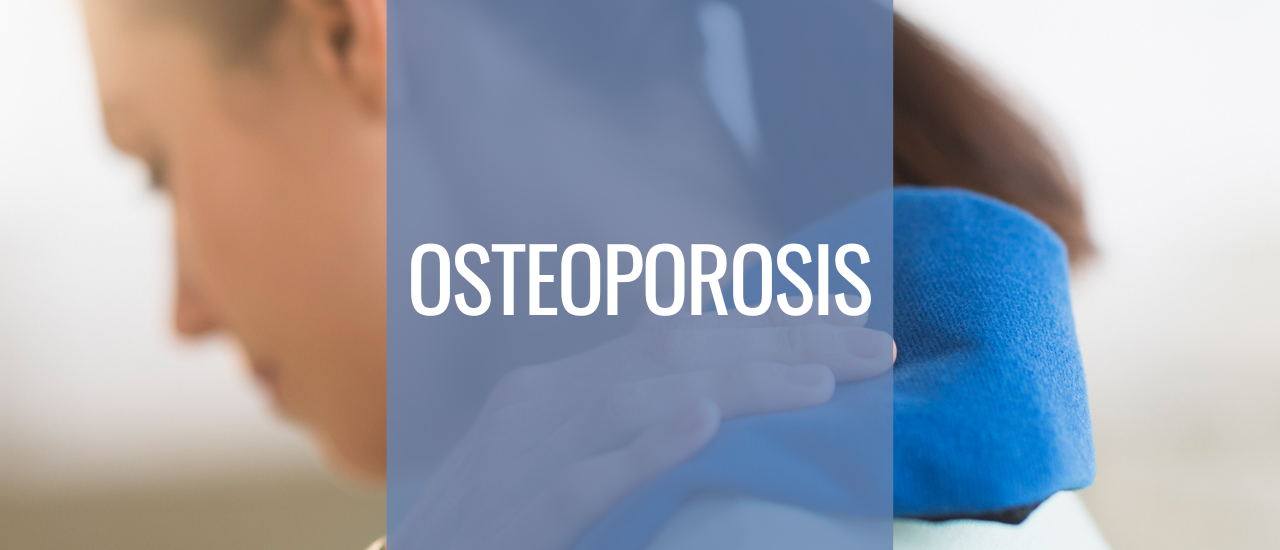


Osteoporosis literally translates to “porous bone.” Since the condition weakens bones, having it increases your chance of sudden, unforeseen bone fractures. People of all races can develop osteoporosis. A functioning tissue is bone. Your body dissolves old bone and replaces it with new bone tissue to maintain strong bones. Because of osteoporosis, bones become so fragile and weak that even minor stresses like coughing or bending over can break them. Hip, wrist, and spinal fractures brought on by osteoporosis are the most frequent. The term “silent disease” refers to osteoporosis since it can go unnoticed until a bone breaks. Your bones, however, have been deteriorating for a long time.
Bone loss can occur during breastfeeding; however, this loss is normally temporary. If women suffer from bone loss when breastfeeding, they will recover their full bone density within a period of six months after they have stopped breastfeeding.
What differentiates a fracture from a split?
A fractured bone is referred to as suffering a fracture in medical term; the two terms are sometimes used indiscriminately. A fracture can vary in seriousness; for instance, a hairline fracture is a very little break in the bone, but a compound fracture is more significant and happens when the broken or cracked bone enters the skin.
Even though they have fewer risk factors than women do, males might nonetheless acquire osteoporosis. Men over 50 are more likely to develop osteoporosis, especially if they have a history of fractures.
The indications become more and more obvious when bones weaken due to ongoing bone density loss. Numerous issues are associated with osteoporosis, and as the condition worsens, these issues become more serious. Among the signs are: Loss of height (getting shorter by an inch or more).
Your bone mass increases when you’re young because your body produces new bone more quickly than it destroys old bone. The amount of bone mass obtained during youth and other potential risk factors influence a person’s likelihood of developing osteoporosis (see risk factors below). A person will have more bone in their “bone banks” if their bone density quantity of bone present at the time of skeletal maturation—is higher, which lowers their risk of getting osteoporosis later in life. Healthy bones have a sponge-like appearance on the inside. Trabecular bone is the term for this region. The spongy bone is encased in a tough outer layer of bone. Cortical bone is the name of this robust covering. Bones support and shield the body’s critical organs. Calcium and other minerals are also stored in bones. The body breaks down and rebuilds bone when it requires calcium. This procedure, known as bone remodeling, maintains the strength of the bones while supplying the body with the calcium it requires.
As you age, your risk of developing osteoporosis increases. Your age, gender, personal decisions, existing medical issues, and treatment regimen are just a few of the variables that can make you more likely to develop osteoporosis.
In conjunction with the natural processes of menopause and ageing, primary osteoporosis is a disorder marked by increasing bone fragility. This form of osteoporosis is the most prevalent and affects women more frequently than males. Primary osteoporosis, also known as senile osteoporosis, is typically brought on by age-related conditions. Ages 25 to 30 are when bone density (mass) reaches its peak. Bone loss slowly increases as people get older. When testosterone production slows down in men between the ages of 45 and 50, progressive bone loss typically starts. The rate of bone synthesis will go down as bone loss increases. The density of one’s bones while they are young affects the likelihood of getting osteoporosis. Throughout life, bone density will also be influenced (to some extent) by diet, wellness, and activity.
Specific clinical conditions, such as various endocrinopathies and genetic abnormalities that result in low bone mineral density, might contribute to secondary osteoporosis by impeding the development of peak bone mass or by accelerating the pace of evolutional bone loss. Taking certain medications that cause bone deterioration, such as high-dose oral or inhaled corticosteroids used for more than six months, can also cause secondary osteoporosis. This type of osteoporosis affects anyone at any age.
A collection of genetic abnormalities known as osteogenesis imperfecta (OI) primarily influence how bones form. Bones break quickly in those who have this disorder, frequently with little to no impact. From one to person, the severity varies. Multiple fractures are frequent and, in extreme circumstances, can even happen before birth. In milder circumstances, a person may only experience a few fractures over their career. Adults with OI may also experience dental issues and hearing loss.
This is the most prevalent and smallest type of OI. Type I causes muscular wasting or shattered bones (bone fractures). There is no bone deformation brought on by it.
Type II newborns frequently have breathing problems and pass away at a young age. Multiple shattered bones are caused by Type II even before the infant is born.
Broken bones are a common congenital defect. In severe cases, type III causes physical impairments.
Bones of Type IV may break readily. Children of this type typically experience their first bone break before reaching maturity. There may be slight to significant bone deformities in Type IV patients.
Literally translated as “porous bone,” osteoporosis. Too little bone production, severe bone loss, or a mix of the two is hallmarks of this condition. The major disorder known as Idiopathic Juvenile Osteoporosis (IJO) has no known cause. It is identified when the clinician has ruled out other potential reasons of juvenile osteoporosis, such as primary illnesses or treatments known to reduce bone density. This uncommon type of osteoporosis generally develops in previously healthy children right before the start of puberty. With a range of 1 to 13 years, the average age of onset is 7 years. The majority of children fully recover their bone, which is fantastic news.